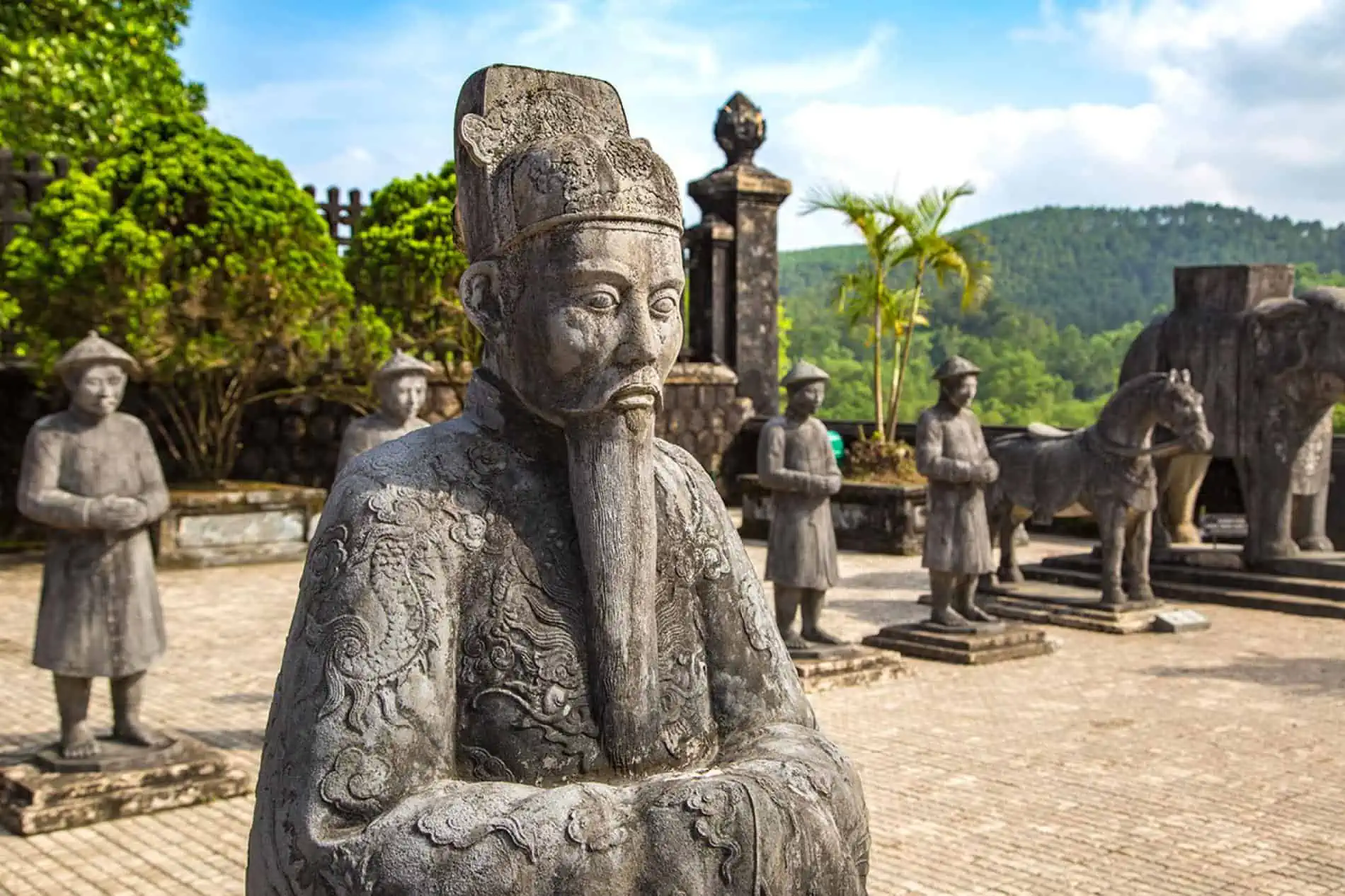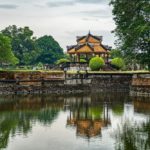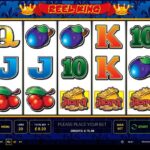
Vietnam has a rich and fascinating history spanning over 4,000 years. Throughout its long history, Vietnam was ruled by many dynasties and kings, some benevolent and others tyrannical. Of all the rulers in Vietnam’s history, perhaps none captures the imagination more than the Nguyen Dynasty emperors who reigned in the 19th and early 20th centuries. If you’re interested in learning more about Vietnam’s last royal dynasty, then joining a Vietnam Emperor tour 베트남황제투어 is one of the best ways to get an in-depth look into their luxurious lifestyle and ambitious nation-building efforts.
The Nguyen Dynasty
The Nguyen Dynasty was the last imperial dynasty to rule over Vietnam. It began in 1802 when Emperor Gia Long ascended to the throne and unified Vietnam after defeating the Tay Son rebellion. The Nguyen Dynasty ruled until 1945 when Emperor Bao Dai abdicated the throne after the August Revolution led by Ho Chi Minh.
During its 143-year reign, the Nguyen Dynasty was responsible for massive changes in Vietnamese society. The Nguyen emperors embraced Confucianism and Chinese culture. They established Confucianism as the official ideology and rebuilt the imperial examination system to utilize talented mandarins in the government bureaucracy. The emperors also promoted Sino-Vietnamese culture and converted many Vietnamese from Buddhism to Confucianism.
Economically, the Nguyen Dynasty embraced international trade and established Vietnam as an important port in Southeast Asia. Agricultural production increased through land reclamation and technological improvements. Major port cities like Da Nang and Hoi An became thriving commercial hubs.
Territorially, the Nguyen Dynasty expanded Vietnam to its current boundaries. They gradually pushed southwards and conquered the remaining Champa territories in central Vietnam. In the south, Nguyen forces seized the Mekong Delta from the weakening Khmer Empire and destroyed the last Khmer outpost at Saigon in 1786.
Read more: Vietnam Emperor Tour: A Complete Guide
The Imperial Capital Huế
No Vietnam Emperor tour is complete without a visit to Huế, the imperial capital under the Nguyen Dynasty. As the political, cultural, and religious centre of Vietnam for over 140 years, Huế contains a treasure trove of imperial palaces, royal tombs, temples, pagodas, monuments and architecture.
In 1993, UNESCO recognised Huế’s monumental and picturesque landscape by designating it a World Heritage Site.
The jewel of Huế is the Imperial City, built-in 1805 when Emperor Gia Long first established the capital. The Imperial City housed the emperor’s residence, temples, pavilions, gardens and courtyards. The walled-in city is surrounded by a moat and four citadel gates overlooked by guard towers. Entering through the Noon Gate, you will find the colourful Thai Hoa Palace with its ornate roofs, porcelain gables and lacquered pillars. Behind the palace are the Halls of the Mandarins, where the emperor would sit on his elevated dragon throne and hold court sessions.
Just outside the Imperial City lies the Purple Forbidden City. This enclosed area with high brick walls contained hundreds of buildings for the royal family members, concubines and eunuch servants. Wandering through the tranquil courtyards and empty halls, visitors can vividly imagine the intrigue and machinations that went on behind the scenes of the royal court.
Imperial Tombs
Another highlight of a Vietnam Emperor tour 베트남황제투어 is exploring the royal mausoleums and tomb complexes scattered along the Perfume River near Huế. In total, eight imperial tomb complexes honour 13 Nguyen emperors and several empresses or princes. The Khai Dinh Tomb is an architectural wonder with colourful glass and ceramic mosaic decorations. The Minh Mang Tomb is renowned for its majestic courtyards and 40 acres of beautifully manicured gardens and ponds.
The most impressive is the Tu Duc Tomb, built for one of the longest-reigning and most influential Nguyen emperors. Tu Duc designed the complex during his lifetime and the massive two-square-kilometre site took over three years to complete after his death. Wandering through the pavilions, temples, lakes and pine forests, you can see why Tu Duc wanted this majestic resting place for eternity.
Cuisine Fit for Royalty
After a day of exploring the imperial sights, cap off your Vietnam Emperor tour by indulging in the exotic dishes once favoured by the Nguyen emperors and royal family. In Hue, you can dine like royalty by trying some imperial cuisine favourites, including lotus seed sweet soup, steamed rice cakes and shrimp cakes. Sip tea in a traditional teahouse while snacking on potent herbal concoctions that the royals believed increased their vigour and masculinity.
Or for a more lavish culinary experience, enjoy a Nguyen Dynasty-style imperial banquet of 10 ornate courses. Feast on dishes like rice with salted fish baked in fresh bamboo stalks, stewed spare ribs in coconut juice, and elephant’s ear fish. For dessert, try watery cake, a jelly-like confection made from mung bean starch and soaked in sweet coconut milk. After this epic meal, you too will feel like a Vietnamese emperor, if only for one evening!
Immerse Yourself in Royal Opulence
A Vietnam Emperor tour lets you fully immerse yourself in Vietnam’s last royal dynasty. Walking through the tranquil imperial palaces, lavish tombs and picturesque pagodas, you can vividly imagine the ostentatious lifestyle and rituals of these supreme rulers. As Vietnam’s last emperors, the Nguyen Dynasty marked the finale of over 2000 years of imperial dynastic rule. Visiting Hue and seeing their magnificent legacy is an unforgettable way to learn about this pivotal period in Vietnamese history and understand how much Vietnam changed under the ambitious Nguyen emperors’ reign.







